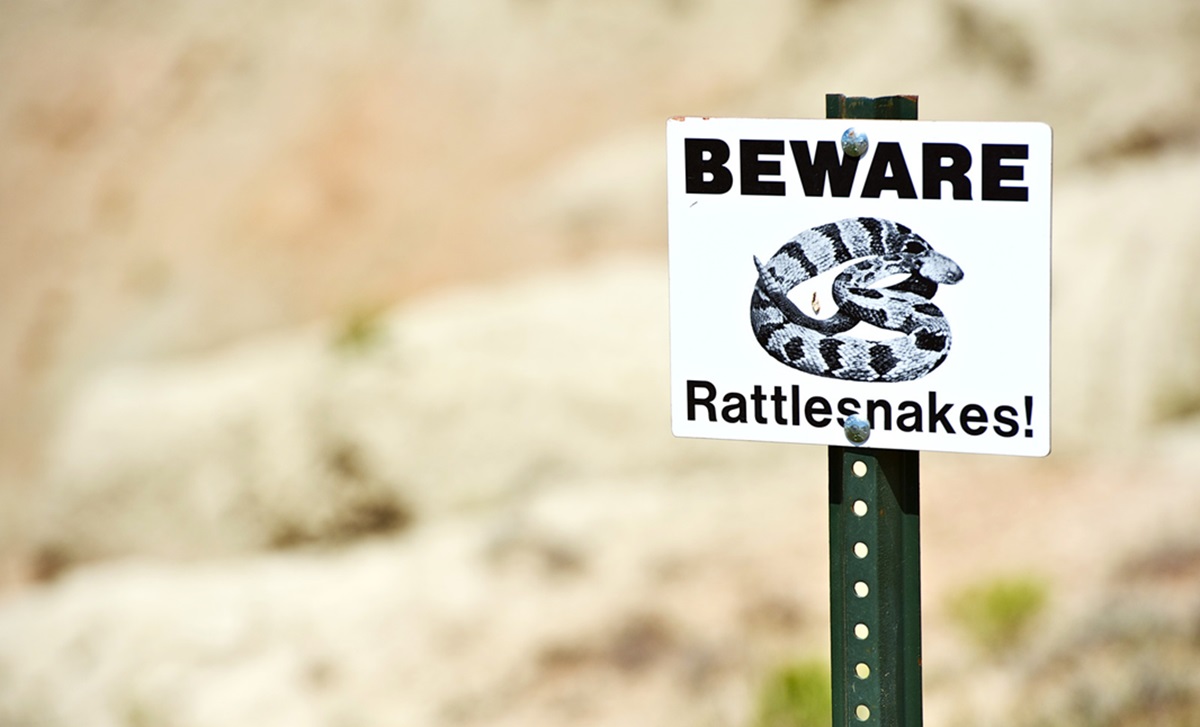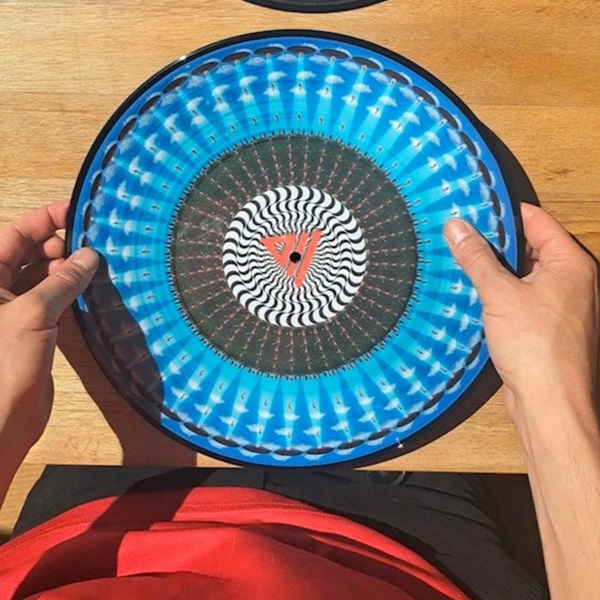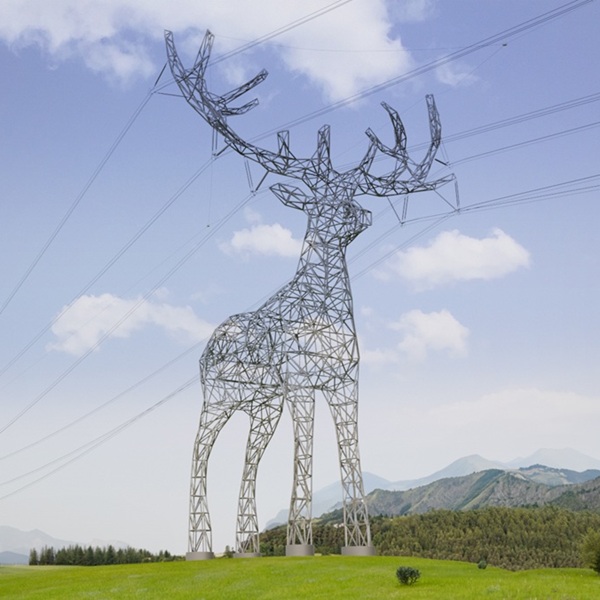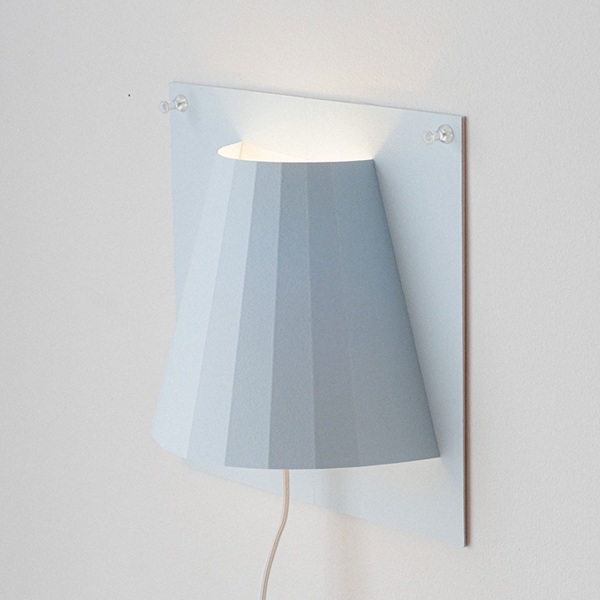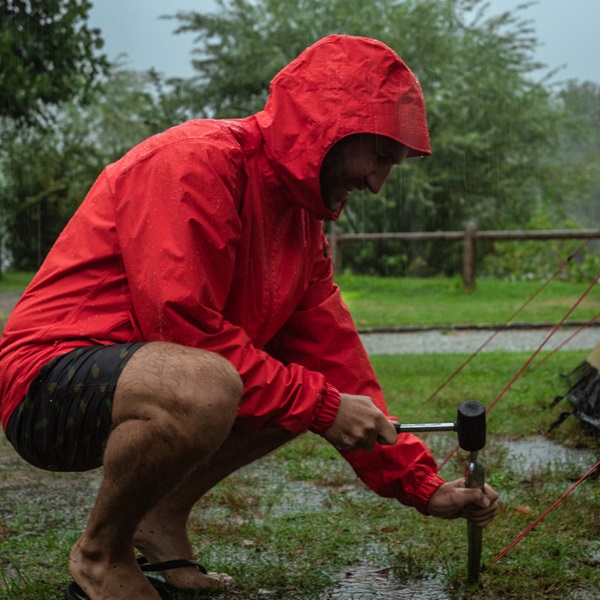
If you are a beginner camper, encountering snakes while camping can be a nerve-wracking experience. Even though most snakes are not aggressive and prefer to avoid humans, you should always be careful.
In addition, it is also important to understand when and where snakes are most active. For example, they are commonly seen during warmer months when they come out to bask in the sun and search for food.
Therefore, being aware of your surroundings, keeping your campsite clean, and avoiding tall grass or rock piles are simple yet effective ways to stay safe. In this guide, we will help you understand how to avoid snakes while camping.
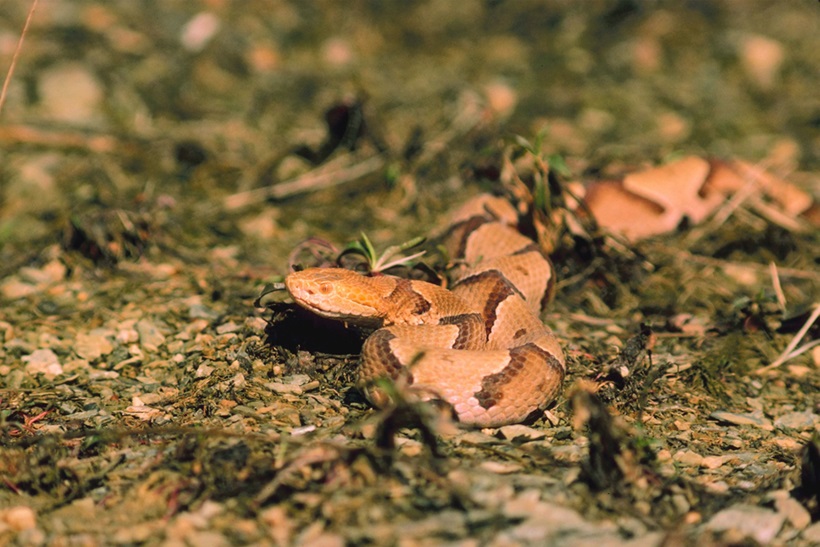
How to Prevent Snake Bites in the Wild?
One of the biggest is encountering venomous snakes in camping areas. In many popular camping areas, especially in warmer regions, snakes like rattlesnakes, copperheads, or cottonmouths may be present.
While these snakes usually avoid human contact, bites can occur when they feel threatened or surprised. Therefore, understanding the habitats and behaviors of venomous snakes is the first step to avoiding dangerous encounters.
With proper awareness and safety habits, you can significantly reduce your risk. Knowing what to do if you see a snake while camping ensures a safer and more enjoyable experience with minimal worry.
Do not disturb them.
The most important rule when it comes to snakes is to leave them alone. Because many snake bites occur when people try to touch, catch, or kill a snake out of fear or curiosity.
You should always keep in mind that wild snakes play an important role in the ecosystem and typically only attack when they feel threatened. If you see a snake while setting up camp or hiking, observe from a distance and never attempt to move it.
Staying calm and avoiding sudden movements can prevent unnecessary danger. Respecting wildlife is one of the most effective ways to avoid problems with snakes while camping.
Slowly back away when you are too close.
If you unexpectedly get too close to a snake on the trail or near your tent, do not panic. Because quick movements can startle the snake and cause it to strike defensively.
Instead, stop where you are, remain still, and then slowly take a few steps back while keeping your eyes on the snake. Most snakes will not pursue you; they will use the opportunity to slither away. Avoid turning your back or running, which may trigger instinctual fear responses in both you and the snake.
Wear Proper Footwear
Foot and ankle bites are among the most common injuries caused by snakes in the wild—especially when campers walk through brush or step over logs without looking. Therefore, to protect yourself, you should always wear sturdy hiking boots or trail shoes that cover your ankles.
You know, lightweight sneakers or sandals leave too much exposed skin, which makes you a target. To protect yourself more, you can tuck your pants into your socks or boots.
Learn first aid.
When you are bitten by a venomous snake, staying calm should be your first priority. Because you are about to apply the first aid procedures.
The first step you should follow is to immutably limit movement. You should sit or lie down to keep the bite area at or slightly below heart level. You should also remove restrictive items like rings, bracelets, or tight clothing that could impinge swelling.
In the second step, you should try to use a waterproof marker or pen to mark the bite location and the time it happened. Also, you can highlight the areas of swelling as they expand. To help medical professionals, you should write down symptoms such as pain, numbness, and dizziness as they evolve.
Whatever happens, you should never apply tight tourniquets, cuts, or suck the wound or use ice bandages. These outdated methods showcased in old Hollywood movies can increase tissue damage or infection risk. Instead, you can apply a firm but not constrictive pressure bandage that covers the bite site and a few inches beyond. You can also use splints or improvised supports (sticks, rolled jackets) to limit movement further.
Lastly, if the victim is conscious, you should offer sips of water. Because reassuring the victim helps stabilize breathing and heart rate. After following these basic steps, you should arrange for emergency evacuation or call local rescue services. If you are alone, do not delay. You can also walk steadily to make it on time.
Frequently Asked Questions
How do you keep snakes away when camping?
To keep snakes away from your campsite, set up camp in clear, open areas away from tall grass, brush, or rock piles where snakes might hide. Keep your tent zipped, food sealed, and trash properly disposed of to avoid attracting rodents, which can, in turn, attract snakes. Use natural deterrents like sulfur or clove oil sprays around your tent perimeter, and shake out your sleeping bag and shoes before use. These simple precautions significantly lower the risk of running into snakes while camping.
Can a snake bite you through a tent?
While it’s rare, a snake can technically bite through a tent if provoked or stepped on from inside. Most modern tents made with durable fabric provide a decent barrier, but it’s still wise to keep your tent zipped at all times and avoid sleeping directly against the tent wall. Also, never leave food inside your tent, as it may invite rodents—and therefore snakes. With awareness and good practices, you can minimize such unlikely encounters with snakes while camping.
Will a campfire keep snakes away?
Campfires may deter snakes temporarily due to heat, smoke, and activity, but they are not a guaranteed deterrent. Snakes are more sensitive to ground vibrations and human presence than smoke. It’s more effective to combine a fire with regular movement around the campsite, keeping gear elevated and the ground tidy. Don’t rely solely on the fire for protection; proactive site management is a better defense against snakes while camping.
Can snakes get in your camper?
Yes, snakes can enter campers through small openings, especially if seeking warmth or prey. To prevent this, seal all entry points like vents, doors, and utility lines with weather stripping or mesh screens. Regularly inspect your camper, and avoid parking near snake-prone habitats. Keeping your interior clean and rodent-free also removes a major incentive for snakes to come inside. Taking these steps helps protect you from surprise visits by snakes while camping.

